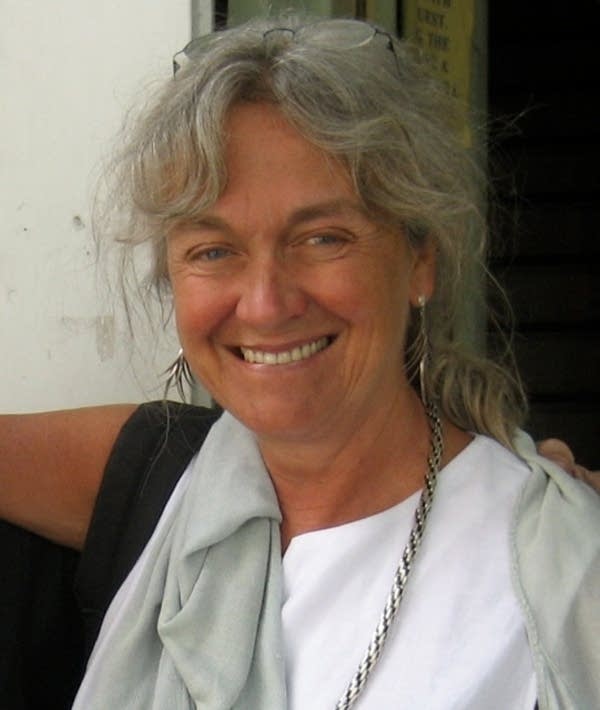If you live in Minneapolis, you probably know that the mayor and all members of the City Council are up for reelection this November. But you may not know that the critical first step to that election is the precinct caucus on April 8.
Some states have party primaries to cull the field of candidates down to who will be on the final ballot with party endorsement. Minnesota has caucuses. There are 13 wards in the city, and they are di vided into precincts. You attend the precinct caucus based on where you live. At this point, locations have not been finalized.
Turnout at a caucus is often small, perhaps 30 or so people, so you might think it’s like voting for student council. But in a hotly con tested federal election it’s often larger. In 2007, the year Clinton and Obama were running for the nomination, we had nearly 300 people at our caucus.
A certain number of delegates is allotted to each precinct, based on a magical formula having to do with previous caucus turnout. This is a city election, so this year those who are elected delegates will go on to the ward convention in May, where City Council candidates will vie for DFL endorsement. Candidates who receive the endorsement go on to the November ballot. (Delegates will also be elected to the city convention, where candidates for mayor and Park Board and Board of Estimate and Taxation will vie for endorsement.)
Those who aren’t endorsed can run in November, but the endorsement confers huge benefits, including funding, inclusion on DFL sample ballots and so on. In this one-party city, candidates with the DFL endorsement win 95% of the time.
At the caucus, delegates are selected in a number of ways. Some years there may be 12 allotted slots and only 12 people who want to fill them. Other years there might be 12 slots and 30 people who want to fill them. That may lead to ”walking sub caucuses” where people divide into smaller groups based on the candidate they support and run for delegates out of that sub-caucus. We’ll stay out of those weeds for now.
The important thing to know is that turnout for caucuses is about 2% of eligible voters. For party loyalists, those 2% choose who the other 98% get to vote for in the fall.
The reason this should be your last caucus is because it’s a truly flawed way to start the electoral process. We need to do away with them and move to primary elections instead.
The thinking behind the caucus system was that anyone could run and get endorsed, no money re quired, whereas wealthy candidates could afford a pricey primary campaign.
However, over time it’s become apparent that it is difficult for many people to get to a caucus due to work, childcare or other issues, and they have a hard time following the process once there.
With so few people bothering or unable to attend, it is relatively easy to swing the endorsement. Recently the left wing of the party has done a great job of getting their supporters to turn out for caucuses, while the more centrist have been slow to catch up.
This year, the Minneapolis DFL, which tilts far left, initiated a pre-registration option saying that it will save time at the caucus. (Note. You do NOT have to register to at tend your caucus. Just show up.) On the form you can state your candidate preference, and your desire to run as a delegate.
According to Conrad Lange Zbikowski, chair of the Minneapolis DFL, no data will be shared until 7 p.m. on April 5. Where will that data be stored until then, and what could go wrong with a candidate getting access to information about the numbers and preferences of caucus attendees ahead of time?
Zbikowski says the goal is to be totally transparent, but this sure seems like an invitation to shenanigans.
So if you want a say in which candidate advances to the November election with the DFL endorsement, hie thee to your caucus. Then get to work on persuading the mavens of Minnesota politics that it’s time to vote out the caucus system and move to elect a primary system instead.






